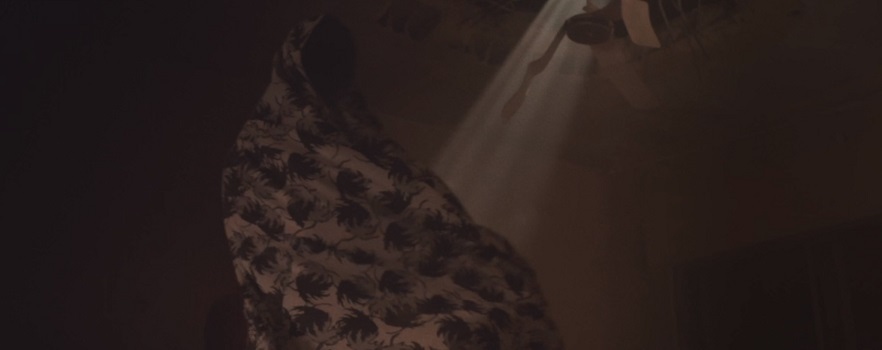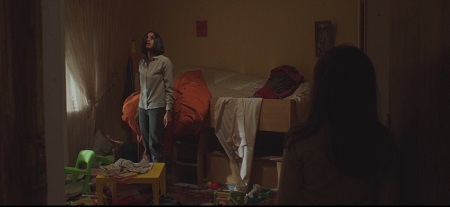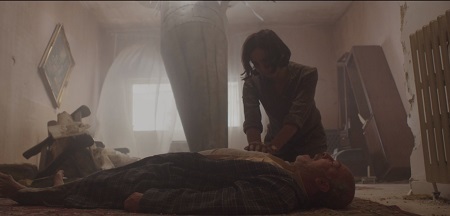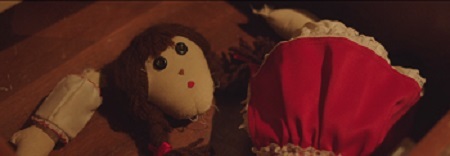Under the Shadow: Djinn and Personal Demons

Under the Shadow, an Iranian horror film released quietly in the U.S. in 2016, is low-key, creepy, and tantalizingly unresolved. Set in 1980’s Tehran during the Iran-Iraq war, writer-director Babak Anvari’s story of an evil djinn’s grip on a family works largely through the power of suggestion, with a few jump scares thrown in for effective variety.
In Under the Shadow, the tension of life during war-time plays out in the domestic sphere. The film’s primary focus is the rocky relationship between Shideh, portrayed by Narges Rashidi, and her young daughter Dorsa, played by Avin Manshadi. The djinn, if it exists, uses the sharp edges of their personalities to drive them ever further apart.
Neither Shideh nor Dorsa is particularly likeable, but they are thoroughly believable. Shideh is an educated, Westernized woman whose world is slowly sliding back into the dark ages. Already struggling with her mother’s recent death, her inability to return to medical school, and her conflicts with her daughter, she is faced with her husband being sent to the war zone even as the war is approaching their doorstep.
Shideh tries to ignore the seriousness of her deteriorating situation. She clings to the modern privileges of her Jane Fonda workouts and a VCR. She clings to the idea that her home is still safe. She is dismissive of her husband’s concerns, and is frequently annoyed with her daughter. And Dorsa is frequently an annoying child, stubborn, suspicious, and obviously more fond of her father than her mother. With him gone, there is no-one to ease the strain between the mother and daughter.
The idea of evil spirits worms its way into Shideh’s thinking when her daughter’s mute playmate gives the girl a charm to protect her from djinn, evil spirits who travel on the wind and steal away what you love. The thought is reinforced by their landlady’s gossip, prejudices, and superstitions, although Shideh scoffs at such primitive beliefs.
But then the strangeness begins, with an unexploded bomb crashing through the roof of their small apartment building and triggering the death of the elderly man living on the top floor. Dorsa becomes convinced that her missing doll–a gift from her father– is in the ruined apartment. She develops a lingering fever that defies treatment. As the other families abandon the building to escape the ever-more-frequent bombings, Shideh uses the excuse of her daughter’s illness to remain behind, alone. She and her daughter rapidly descend into the grip of what may be a genuine haunting or a terrible folie à deux.
Much of Under the Shadow’s power is derived from the absence of anything solid to fear. Anvari is frugal with his depictions of the djinn. The spirit is all flapping fabric and half-seen figures, a gaping mouth and a panicked child’s voice. The growing threat to Shideh and Dorsa seems to come from within, as their interactions become increasingly ugly under the pressure of Dorsa’s inexplicable illness and Shideh’s maternal failings. At one point the tension drives Dorsa to physically attack her mother in a scene I found far more wrenching than the scenes of supernatural malice.
In the end, Under the Shadow is an intimate ghost story that reflects the oppression of beliefs, politics, and culture as much as the oppression of the supernatural. Anvari leaves many of the questions he introduces open-ended. He allows the film to keep its loose ends even as he offers a familiar-looking conclusion that in lesser hands would scream of a sequel–because in life, as in art, inescapable uncertainty can be the scariest part.


